Great news: in terms of museum exhibitions, 2024 is shaping up to be exciting for women artists from early modernity through the present. Here, though, we focus (almost) exclusively on women artists from the Renaissance to the early 20th century. Keep checking back; we will update this page as museums announce new shows.
The shows are listed in order by opening date; thus, the list starts with those currently on view. As the exhibitions close, we will move the entries down to the “Past Exhibitions” section.
Can’t get enough of art shows focused on women artists? Visit the 2025 edition of this resource!
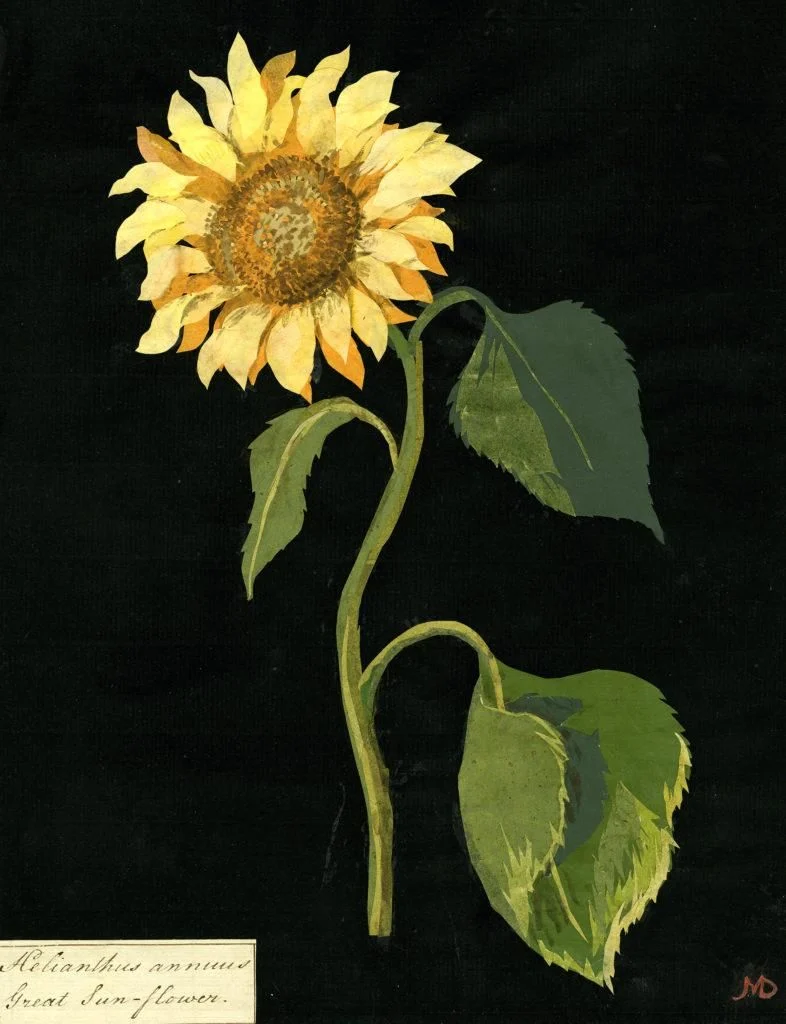
The Botanical World of Mary Delany
An offering of the British Museum Unseen series, this display encompasses high-resolution photography of some of Mary Delany’s most spectacular works and details the inspiration and drive behind her output, including her original technical process and the legacy she has left. The visually stunning images reveal Delany’s incredible precision in creating scientifically accurate representations of botanical specimens. Visitors are able to explore and appreciate the delicacy and skill that Delany employed, throughout her impressive oeuvre of work, which she only began at the age of 72. Alongside Delany’s “mosaicks,” visitors will encounter new sculptures by Rebecca Stevenson in the Great Hall; interactive origami room designed by York artist Kate Buckley; and abstract photography collages by York St John Fine Art student Amy Martina.
The Botanical World of Mary Delany; Beningbrough. September 10, 2024–March 23, 2025.
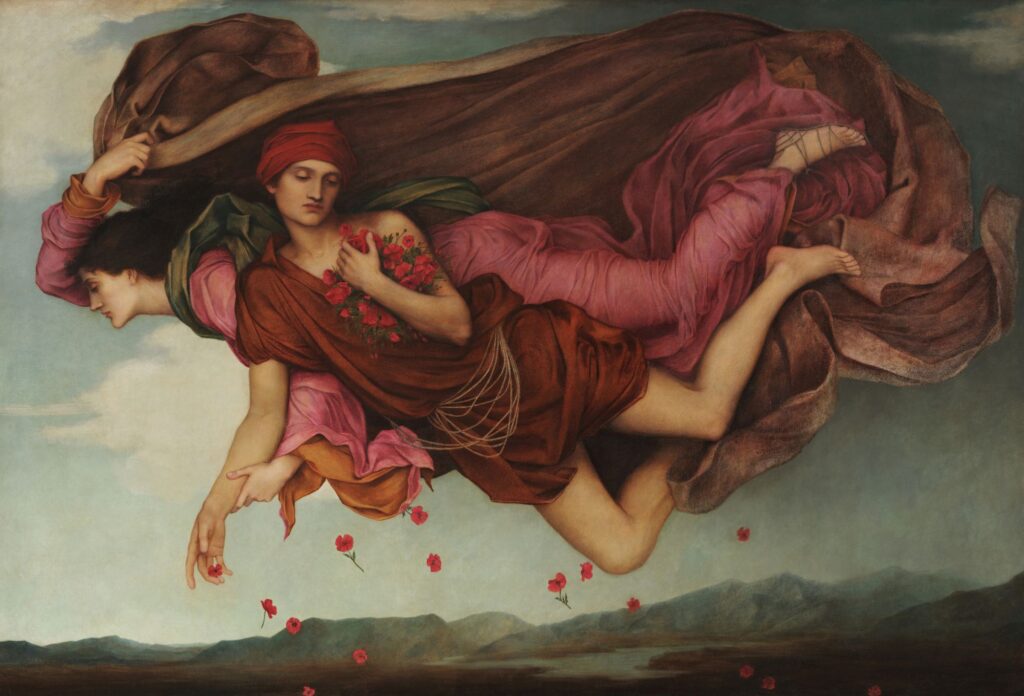
Painted Dreams: The Art of Evelyn De Morgan
Painted Dreams revisits an historic 1907 show, reuniting several of Evelyn De Morgan’s most significant works in Wolverhampton. The original exhibition was a remarkable achievement, challenging Victorian prejudices and the notion that being a professional artist was a male occupation and unsuitable for a woman of De Morgan’s class. Her ability to layer contemporary issues into mythological tales was well received, with one reviewer for the Wolverhampton Express and Star describing the pictures as “painted dreams.” By recreating De Morgan’s 1907 solo show as faithfully as possible, Painted Dreams highlights a career that has been historically overshadowed by her male contemporaries. The 30 artworks are displayed in chronological order to show the progression of De Morgan’s talent as an artist. The show presents De Morgan as a pioneering artist who explored new, challenging subjects that delved into the fundamentals of human existence.
Painted Dreams: The Art of Evelyn De Morgan; Wolverhampton Art Gallery. October 19, 2024–March 9, 2025.
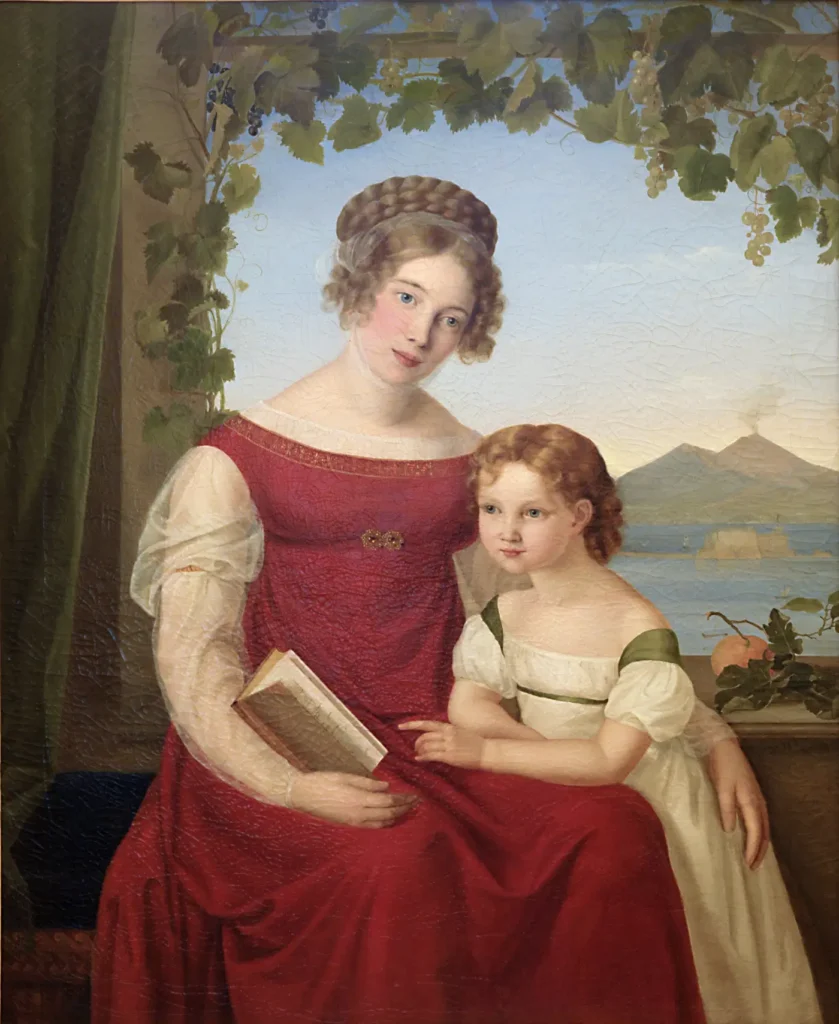
Roman Painters: Women artists in Rome between the 16th and 19th centuries
At the center of the exhibition are the many women artists who from the 16th to the 19th century made Rome their place of study and work. The protagonists are artists present in the Capitoline collections, such as Caterina Ginnasi, Maria Felice Tibaldi Subleyras, Angelika Kaufmann, Laura Piranesi, Marianna Candidi Dionigi, Louise Seidler and Emma Gaggiotti Richards. There is also a significant selection of other important artists active in the city such as Lavinia Fontana, Artemisia Gentileschi, Maddalena Corvina, Giovanna Garzoni, and many others whose corpus is being reconstructed in the research of recent decades. Through around 130 works, the exhibition itinerary describes the progressive inclusion of female painters in the international market.
Read Alessandra Masu‘s thoughts about the show here.
Roman Painters: Women artists in Rome between the 16th and 19th centuries; Museo di Roma. October 25, 2024–March 23, 2025.
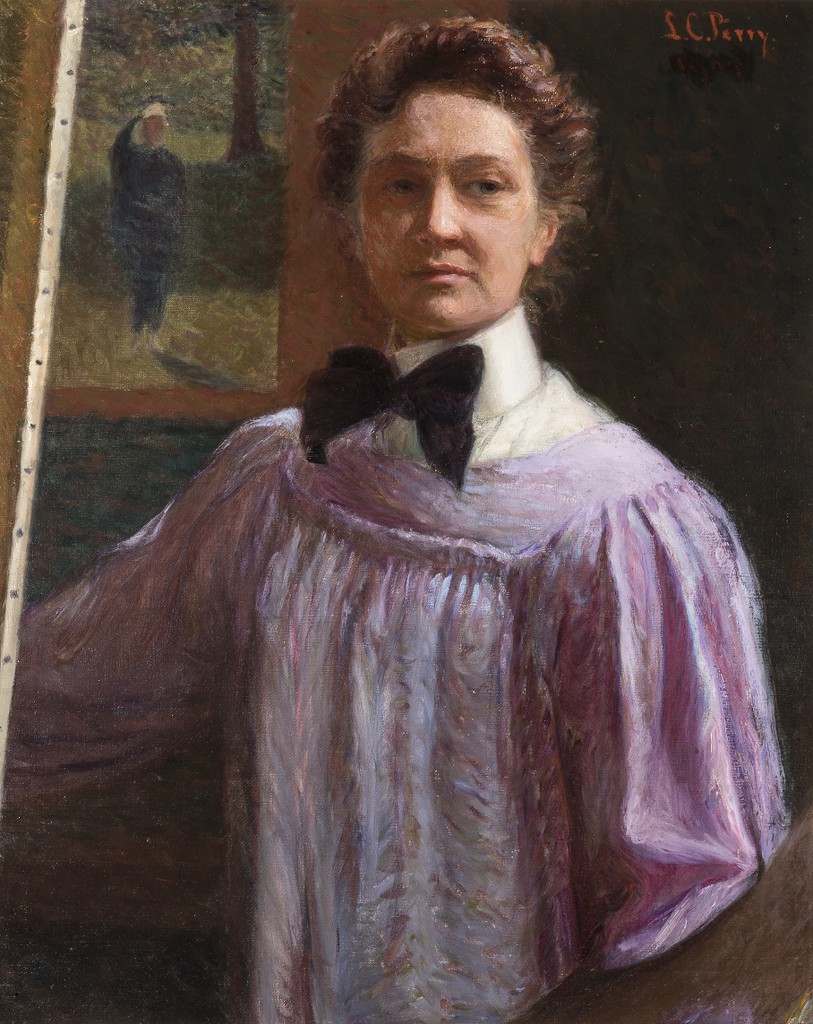
Role Models: Women in the MdbK
The starting point and source of inspiration is the self-portrait of the American Impressionist Lilla Cabot Perry (1848–1933), which is on display at the MdbK as part of the Collection-in-Residence programme of the Terra Foundation, Chicago. The exhibition juxtaposes the depiction of female creative artistic work as gainful employment—Cabot Perry contributed significantly to the financial sustenance of her family of five—with different forms of artistic activity by women, each of which was characterized by specific social circumstances. Also among the featured artists are Rosa Bonheur and Elisabetta Sirani. The presentation carries forward the museum’s critical research initiatives into its own collection history. By taking an unbiased look at the stacks, it reveals insights into works that until now have seldom been shown, if at all.
Role Models: Women in the MdbK; Museum der bildenden Künste Leipzig. November 7, 2024–May 11, 2025.
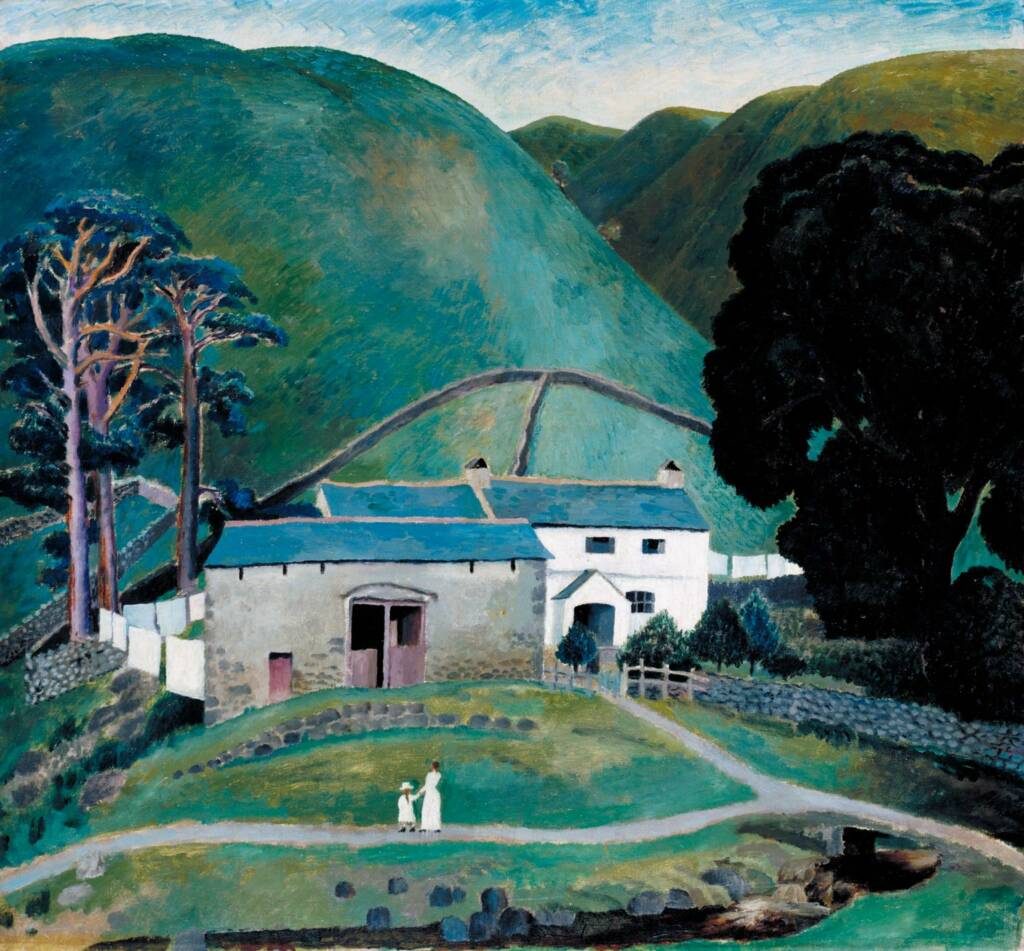
Dora Carrington: Beyond Bloomsbury
As a significant contributor to Modern British art during the interwar years and an associate of the Bloomsbury Group, Dora Carrington was described by former Tate Director Sir John Rothenstein as “the most neglected serious painter of her time.” Spanning paintings, drawings and prints from across her career, this exhibition reveals the continued relevance of Carrington’s unconventional life and remarkable work. It forms a powerful portrait of Carrington, exploring her defiance of gender norms and her circle of eminent friends.
Dora Carrington: Beyond Bloomsbury; Pallant House Gallery. November 9, 2024–April 27, 2025.
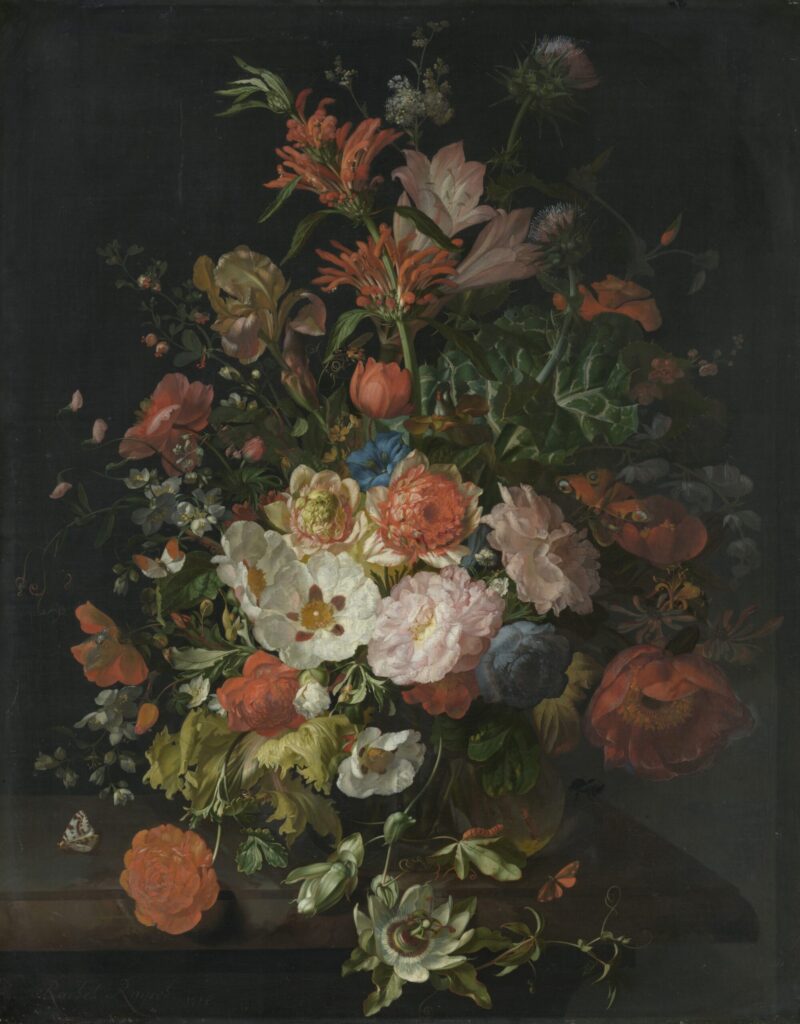
Rachel Ruysch (1664–1750): Nature into Art
During her lifetime, collectors sought after Rachel Ruysch’s magnificent, deceptively realistic floral still lifes with exotic plants and fruit, butterflies and insects. From November 2024 on the Alte Pinakothek will present the world’s first major monographic exhibition of her work. Discover the wondrous world of Rachel Ruysch between art and science, perfected fine painting and artistic freedom amid illustrious patrons in Amsterdam, Düsseldorf, and Florence. The show is organized in cooperation with the Toledo Museum of Art and the Museum of Fine Arts, Boston. It will be on display at each of these institutions during 2025.
Rachel Ruysch (1664–1750): Nature into Art; Alte Pinakothek, Munich. November 26, 2024–March 16, 2025.
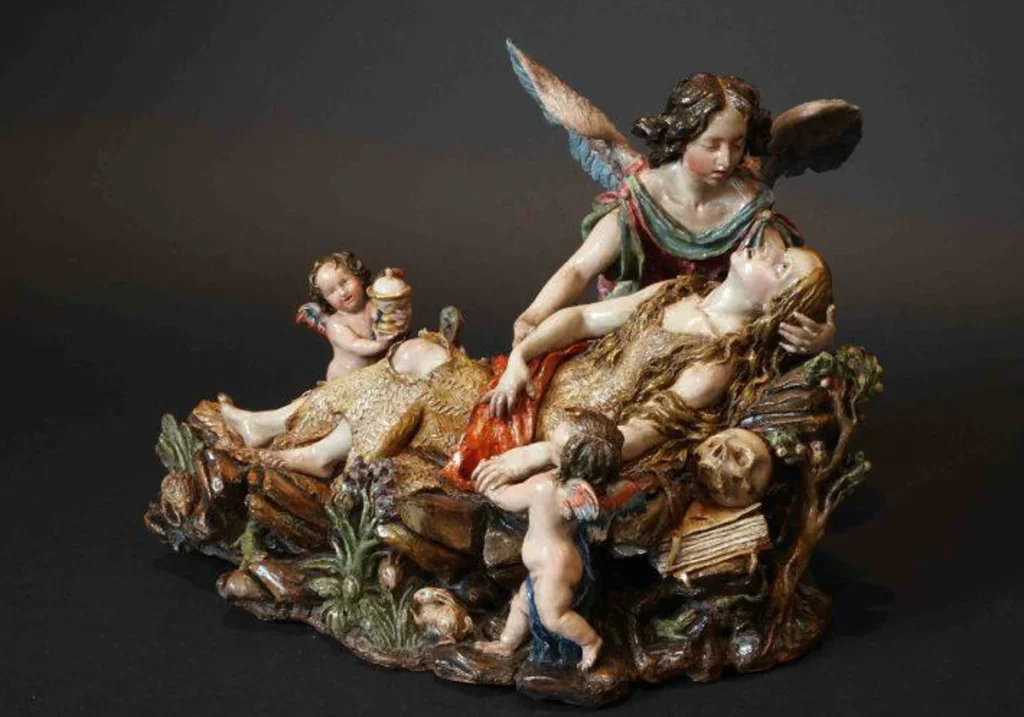
Luisa Roldán: Escultora real
Luisa Roldán combined excellence, versatility and ability to break gender barriers and reach the top as an artist: she was named sculptor to the king by Charles II, a position she held with Philip V. In addition, she was the first Spanish artist to enter the Academy of San Luca in Rome, a milestone never before achieved by Hispanic sculptors. Roldán is the first female artist to whom the National Sculpture Museum of Valladolid has dedicated an exhibition. The show aims to vindicate the figure of this brilliant Sevillian artist.
Luisa Roldán. Escultora real; Museo Nacional de Escultura. November 29, 2024–March 9, 2025.
Remember: we will be adding entries to this list as art museums announce new 2024 shows! Keep checking back …
Past Exhibitions

Rosa Bonheur et les Fauves
The Château de Rosa Bonheur presents an unprecedented immersion in the artistic universe of a woman who knew how to capture the soul of lions, tigers and leopards. This fascinating retrospective brings together rare oils, drawings, prints and photographs, some never before revealed to the public from private collections. The exhibition is structured around several sections of Rosa Bonheur’s work. It first explores the artist’s creative process, from her preliminary studies to the final creation of her works, including her relationships with tamers and her scientific approach to animal ethology. Finally, it reveals the intimate universe of Rosa Bonheur, where the artist engages in careful observation of the daily life of wild animals.
Rosa Bonheur et les Fauves; Le Château de Rosa Bonheur. October 19, 2024–January 31, 2025.
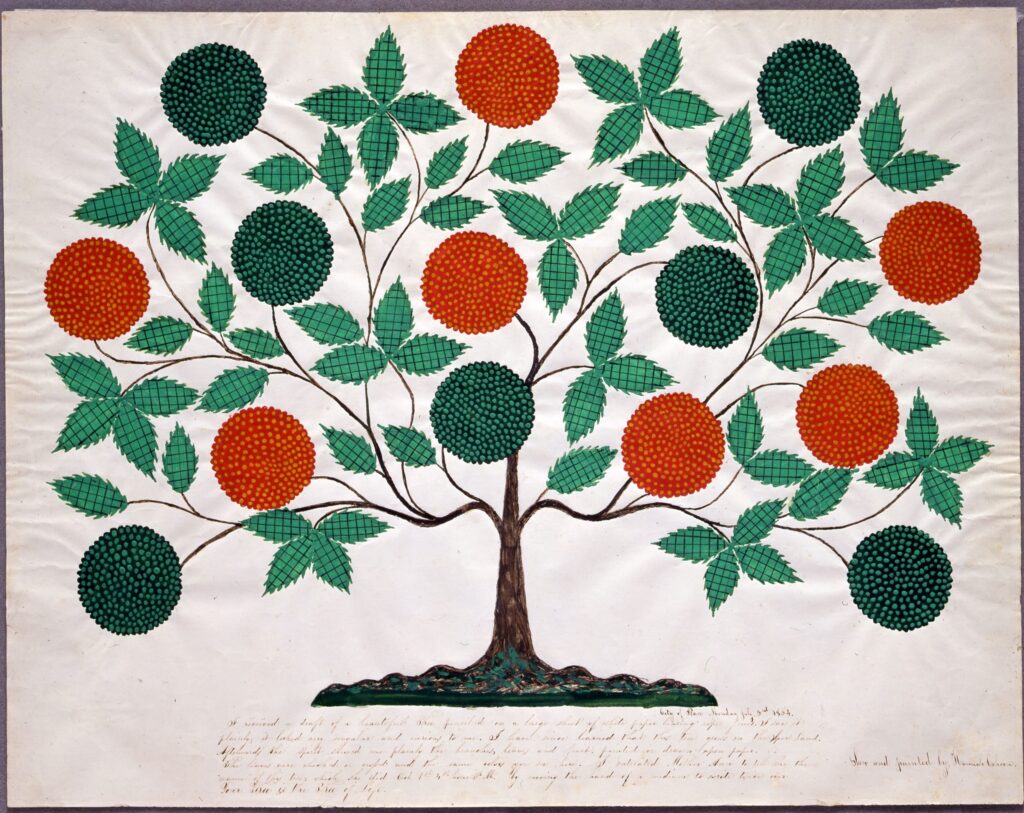
Anything but Simple: Gift Drawings and the Shaker Aesthetic, showcases in a new light the Shakers, a group often celebrated for their minimalist approach to design. Made by women in the mid-19th century and believed to represent divine messages, the “gift” drawings on display represent a departure from the simplicity typically associated with Shaker material culture. The drawings are accompanied by biographical information on the women who made them, enriching visitors’ experience of these stunning objects with contextual understanding of their historical and spiritual meanings.
Anything but Simple: Gift Drawings and the Shaker Aesthetic; American Folk Art Museum. September 13, 2024–January 26, 2025.
Anything but Simple: Gift Drawings and the Shaker Aesthetic

Mary Cassatt at Work
Too often dismissed as a sentimental painter of mothers and children, Mary Cassatt (1844–1926) was in fact a modernist pioneer. Her paintings, pastels, and prints are characterized by restless experimentation and change. Cassatt was the only American to join the French Impressionists, first exhibiting with the group at Degas’s invitation in 1879, and quickly emerged as a key member of the movement. Alongside scenes of women at the opera, visiting friends, and taking tea, Cassatt produced many images of “women’s work”—knitting and needlepoint, bathing children, and nursing infants. These images suggest parallels between the work of art making and the work of caregiving. The exhibition calls attention to the artist’s own processes of making—how she used her brush, etching needle, pastel stick, and even fingertips to create radical art under the cover of “feminine” subject matter.
Mary Cassatt at Work; Fine Arts Museums of San Francisco (De Young). October 5, 2024–January 26, 2025. The show was on view previously at the Philadelphia Museum of Art.
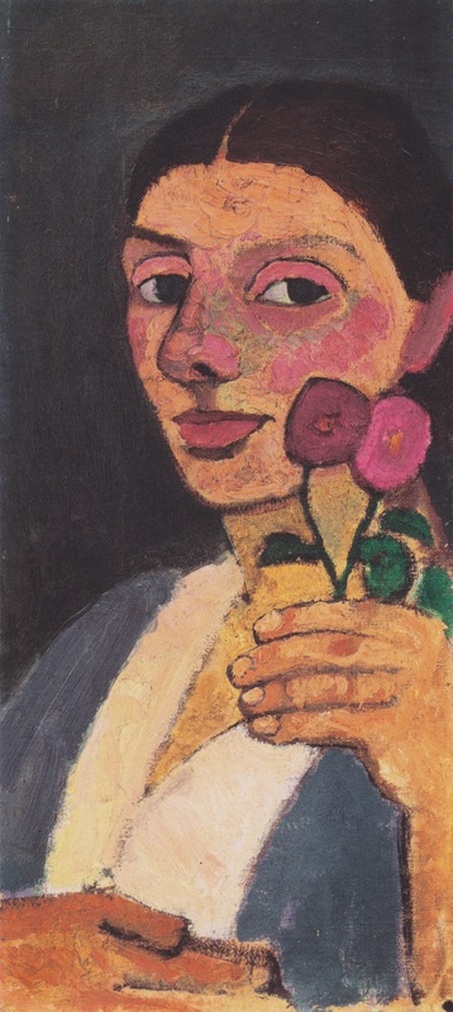
Paula Modersohn-Becker: Ich bin ich / I am me
Despite her importance to art history, the work of Paula Modersohn-Becker (1876–1907) has never before been the subject of a museum retrospective in the United States. In the course of her brief career Modersohn-Becker produced more than 700 paintings and over 1,000 drawings. She is acclaimed for the many self-portraits she created, including the first nude self-portraits known to have been made by a woman. Many of these works focused on her pregnancy, another first among Western women artists. Her landmark statement of self-determination—Ich bin Ich (I am Me), quoted from her correspondence with her close friend, the German poet Rainer Maria Rilke—provides the sub-title for this exhibition, and a window into the artist’s formidable sense of identity.
Paula Modersohn-Becker: Ich bin Ich / I Am Me; The Art Institute of Chicago. October 12, 2024–January 12, 2025. The show was on view previously at the Neue Galerie New York.
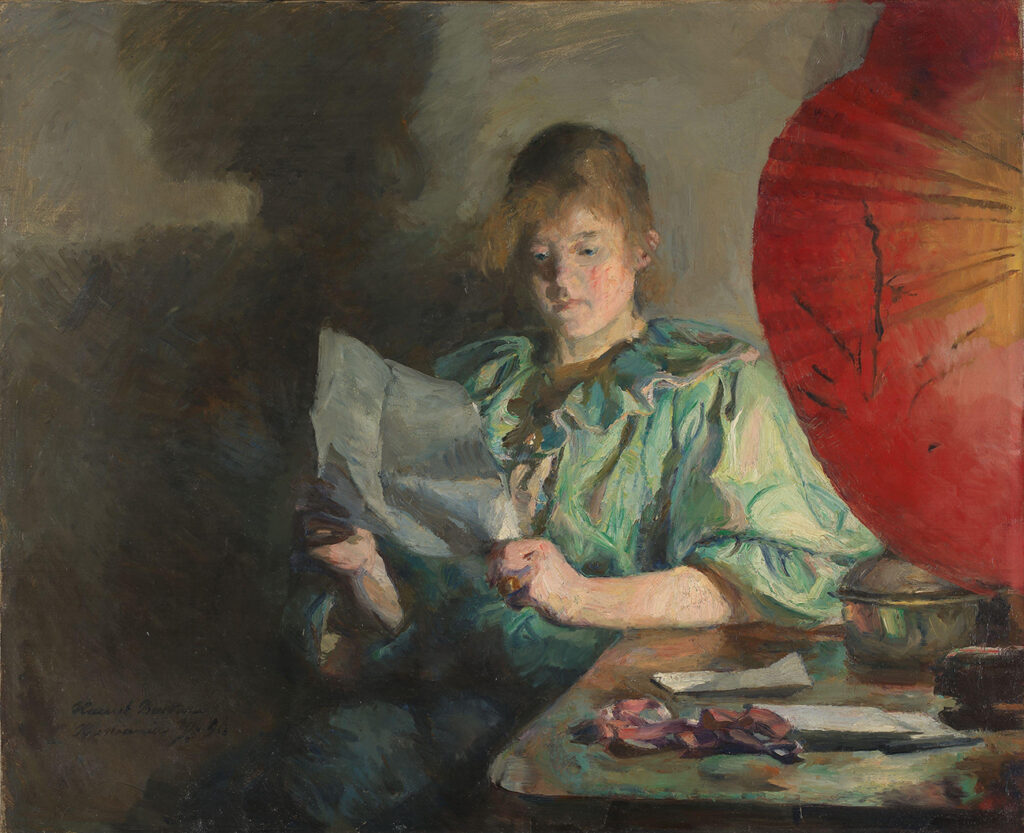
Harriet Backer (1845–1932): La musique des couleurs
Over her fifty-year career, Harriet Backer (1845–1932) established herself as an artist on a cosmopolitan art scene, spending fifteen years abroad. Backer was a meticulous observer of the world around her. She portrayed sensitively the many rooms of her time and those who inhabited them. Her subject matter ranges from the middle-class home to the everyday life of bourgeois women, from peasant interiors and rural life to the church as a space for spiritual experience and rituals, as well as the room of her own as a place for artistic creation, music and creative community. The exhibition Harriet Backer contains some 90 works, including loans from public and private collections.
Harriet Backer (1845–1932): La musique des couleurs; Musée d’Orsay. September 24, 2024–January 12, 2025. The show is co-organized with National Museum in Oslo and Nationalmuseum, at each of which venues the show appeared previously. It will also be on view at Kode in Bergen in spring 2025.
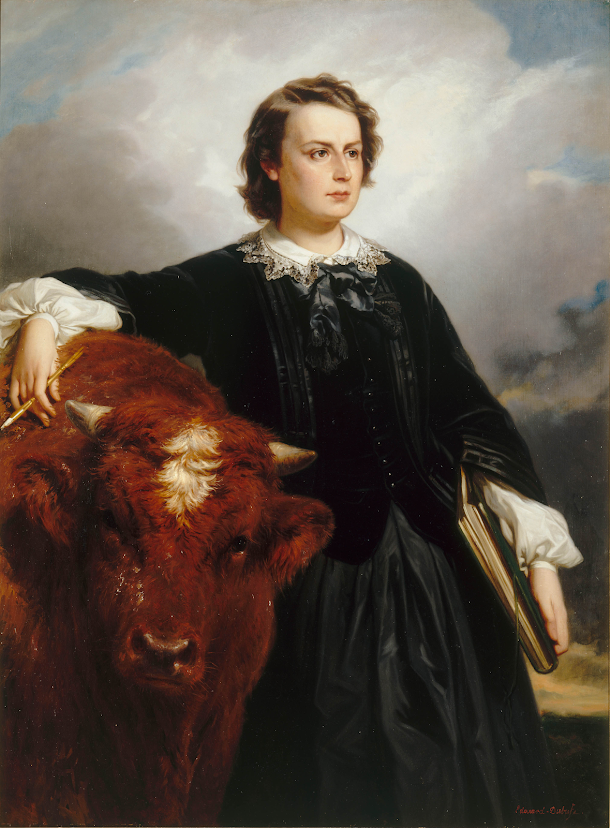
Rosa Bonheur: The Spirit of Animals
Focusing on the artist’s love of animals and her detailed working method, Rosa Bonheur: The Spirit of Animals is the first exhibition by this artist to be shown in the Netherlands. The exhibition displays landscape studies, drawings, oil sketches and sculptures that show the way Rosa Bonheur worked. These works connect to the collection of Hendrik Willem Mesdag and Sientje Mesdag-van Houten, who collected a variety of loosely drawn or painted works by fellow artists.
Rosa Bonheur: The Spirit of Animals; De Mesdag Collectie, Den Haag. September 20, 2024–January 19, 2025.
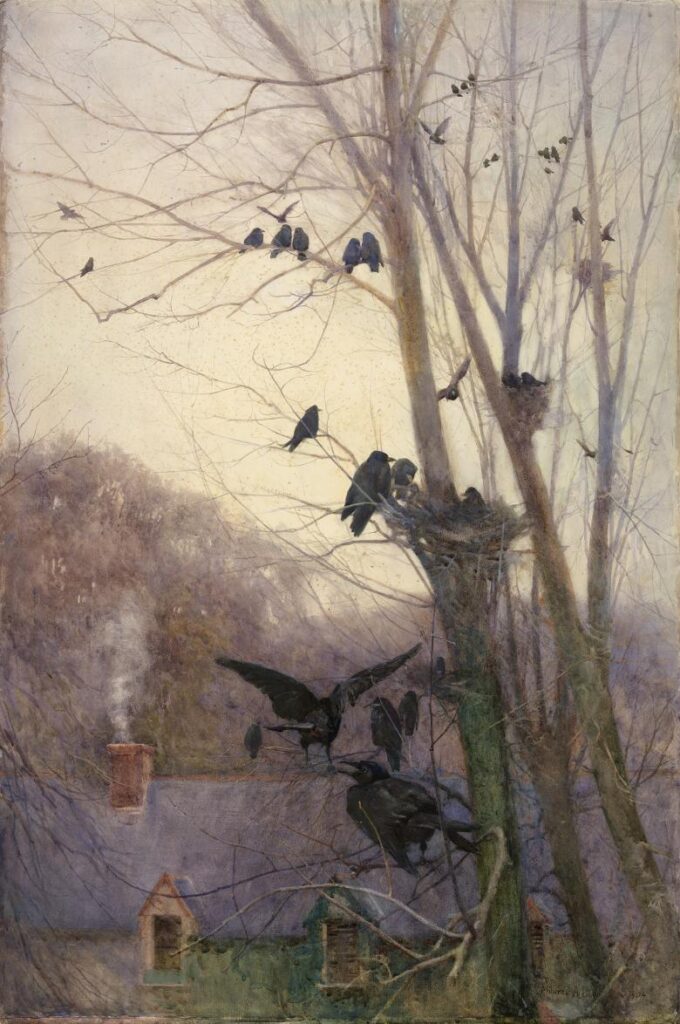
Mildred Anne Butler (1858–1941) was one of Ireland’s first professional women artists, who exhibited widely and sold her work well throughout her career. Born and raised at Kilmurry House, Thomastown, Co. Kilkenny, Butler’s plein-air paintings of Kilmurry and its environs combine accuracy of drawing, startling light effects, and a sense of immediacy. Butler’s large-scale watercolors also highlight her exceptional skill in the painting of flowers, trees, animals and birds.
Mildred Anne Butler: At Home in Nature; National Gallery of Ireland. September 14, 2024–January 5, 2025.
Mildred Anne Butler: At Home in Nature
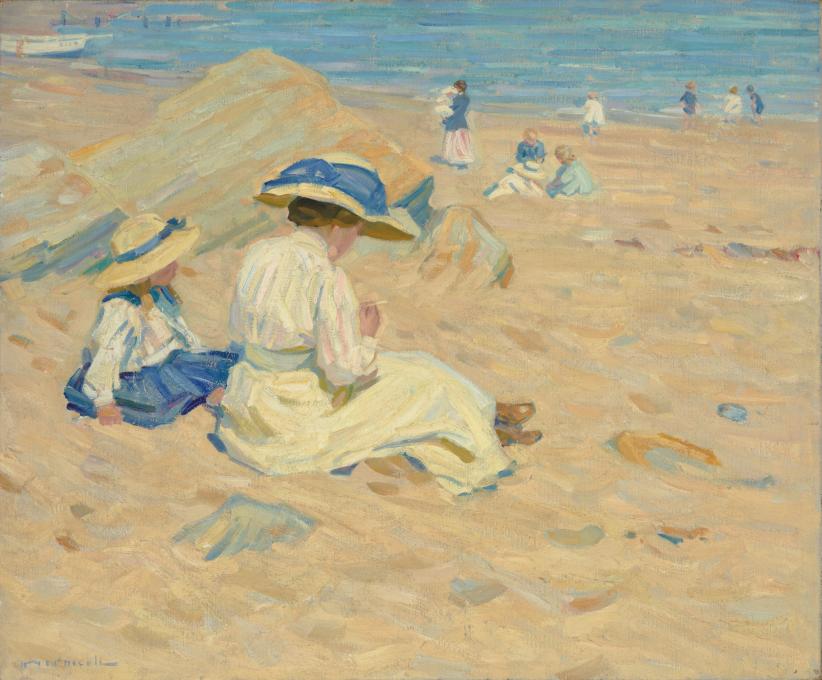
Helen McNicoll: An Impressionist Journey
In the early 1900s, when women from well-to-do backgrounds were often confined to family and domestic life, Canadian Impressionist Helen McNicoll stood out for her love of travel and the discovery of new spaces. Helen McNicoll. An Impressionist Journey, the first Québec retrospective in a century of the Canadian impressionist painter’s work, presents more than 65 paintings by the artist, 25 of them from the Pierre Lassonde collection. Through the prism of travel, the exhibition examines the themes of female independence, risk-taking, friendship, and freedom for women in the stimulating context of the struggle by English suffragettes to win the right to vote.
Helen McNicoll: An Impressionist Journey; Musée national des beaux-arts du Québec. June 20, 2024–January 5, 2025.
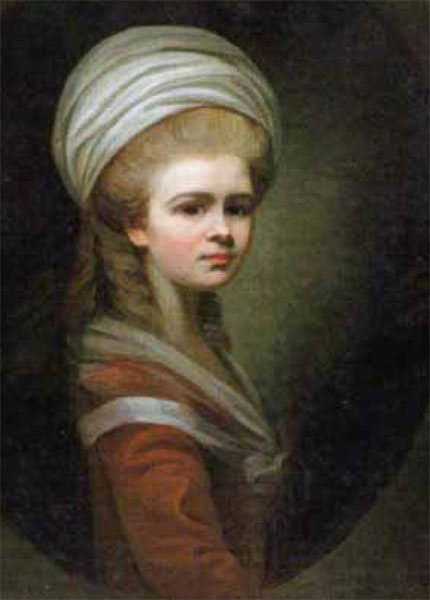
Maria Cosway, 1760–1838: The Unique Path of an Artist
This exhibition narrates the journey of a brilliant woman destined for a great career as an artist in English high society who, against all expectations, found her true emancipation by renouncing her initial vocation to dedicate herself to the education of young girls. A faithful friend, Pasquale Paoli was present at every stage of this singular life. His letters to Maria Cosway, like a common thread, punctuate the different sections of this exhibition.
Maria Cosway, 1760–1838: The Unique Path of an Artist; Musee maison natale Pasquale Paoli. May 18–October 30, 2024.
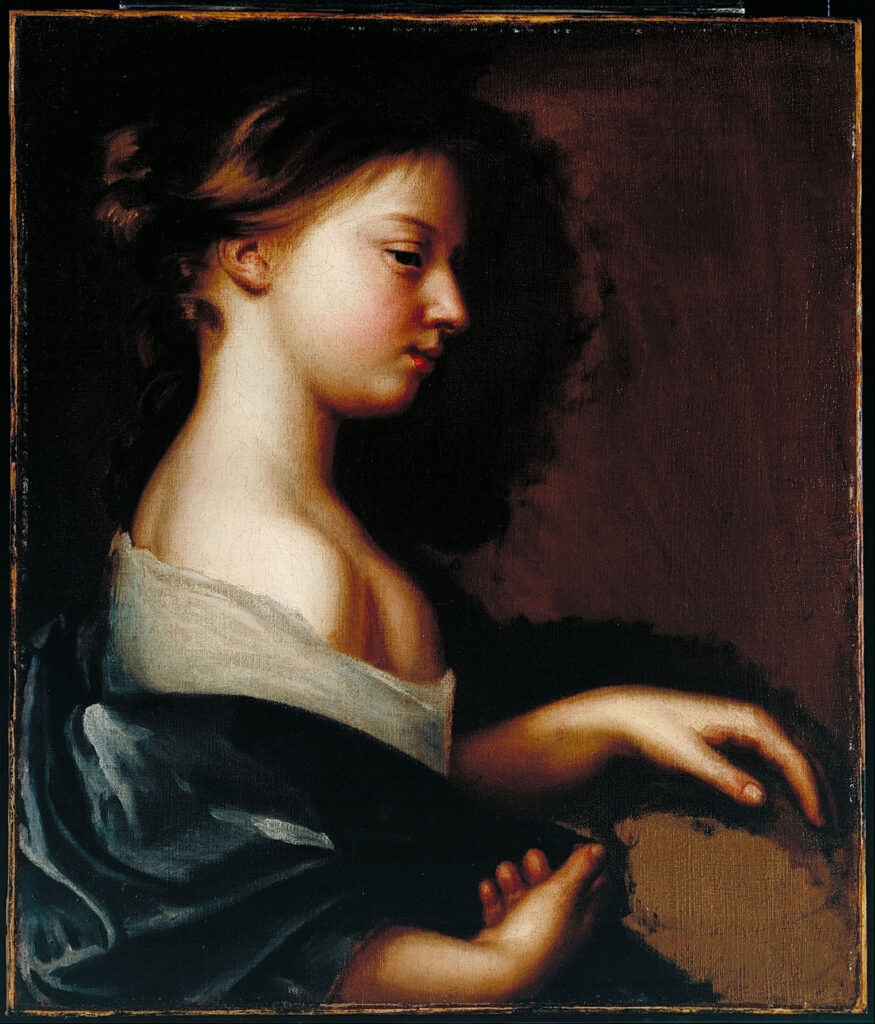
Now You See Us: Women Artists in Britain, 1520–1920
From Tudor times to the First World War, artists such as Mary Beale, Angelica Kauffman, Elizabeth Butler and Laura Knight paved a new artistic path for generations of women. They challenged what it meant to be a working woman of the time by going against society’s expectations—having commercial careers as artists and taking part in public exhibitions. Including more than 150 works, the show dismantles stereotypes surrounding women artists in history, who were often thought of as amateurs. Determined to succeed and refusing to be boxed in, they daringly painted what convention deemed to be subjects for male artists: history pieces, battle scenes and the nude.
Now You See Us: Women Artists in Britain, 1520–1920; Tate Britain. May 16–October 13, 2024. Read Kathryn Waters’ thoughts on the exhibition here.
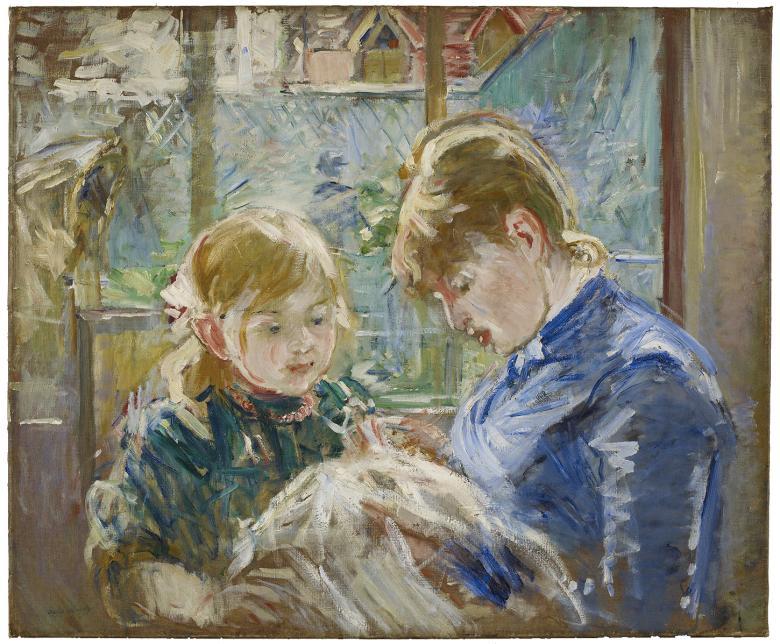
Women Impressionists
Marking the 150th anniversary of the first Impressionist exhibition, held in Paris in 1874, Women Impressionists showcases the works of four important artists. Berthe Morisot, Eva Gonzalès, Marie Bracquemond, and Mary Cassatt played vital roles in one of the most revolutionary movements in Western art. The exhibition explores how each artist navigated complex personal and professional networks to create and exhibit her art. It is the first exhibition to bring these four important artists together in Ireland. Women Impressionists features works from the collections of the National Gallery of Ireland and Ordrupgaard, Denmark, as well as from public and private collections in Europe and the United States.
Women Impressionists; National Gallery of Ireland. June 27–October 6, 2024. This exhibition is organised in collaboration with Ordrupgaard, where it appeared previously.

Berthe Morisot à Nice, escales impressionnistes
Berthe Morisot (1841–1895) was a central figure of Impressionism; she exhibited in seven out of eight of the movement’s shows, including the first one. Yet still today, when most think of the founders of the movement, few mention Morisot. The Nice exhibit attempts to correct the record by showing not only paintings she created there but also works by women in her Riviera circle. With about 60 artworks by Morisot related to the wintry periods she spent in Nice in 1881–82 and 1888–89, complemented by around 40 pieces by other women artists, the exhibit is among the first to recognize the breadth and wealth of the feminine art scene in Nice at the time. Read more about the show in this Artnews article.
Berthe Morisot à Nice, escales impressionnistes; Musée des Beaux-Arts Jules Chéret. June 7–September 29. The show then travels to the Palazzo Ducale Fondazione per la Cultura in Genoa (we will post those dates as soon as we learn them).

Paula Modersohn-Becker: Ich bin ich / I am me
Despite her importance to art history, the work of Paula Modersohn-Becker (1876–1907) has never before been the subject of a museum retrospective in the United States. In the course of her brief career Modersohn-Becker produced more than 700 paintings and over 1,000 drawings. She is acclaimed for the many self-portraits she created, including the first nude self-portraits known to have been made by a woman. Many of these works focused on her pregnancy, another first among Western women artists. Her landmark statement of self-determination—Ich bin Ich (I am Me), quoted from her correspondence with her close friend, the German poet Rainer Maria Rilke—provides the sub-title for this exhibition, and a window into the artist’s formidable sense of identity.
Paula Modersohn-Becker: Ich bin Ich / I Am Me; The Neue Galerie New York. June 6–September 9, 2024. The show will be on at the Art Institute of Chicago beginning October 24, 2024.

Mary Cassatt at Work
Mary Cassatt was recognized in her lifetime for her intimate depictions of women and children. But she has yet to gain appreciation for her serious engagement with the realities of gender and labor in her portrayal of other traditionally feminine activities, such as embroidery, reading, or making social appearances. These depictions lie at the heart of Mary Cassatt at Work. The show displays over 130 diverse works that demonstrate her evolving interest in the “serious work” of artmaking. The exhibition presents new findings about the materials she used and her processes—which were advanced for her era—as it coincides with a detailed technical study of the Philadelphia Museum of Art’s significant Cassatt holdings.
Mary Cassatt at Work; Philadelphia Museum of Art. May 18, 2024–September 8, 2024. This show will also be hosted by the Fine Art Museums of San Francisco, October 5, 2024–January 26, 2025.
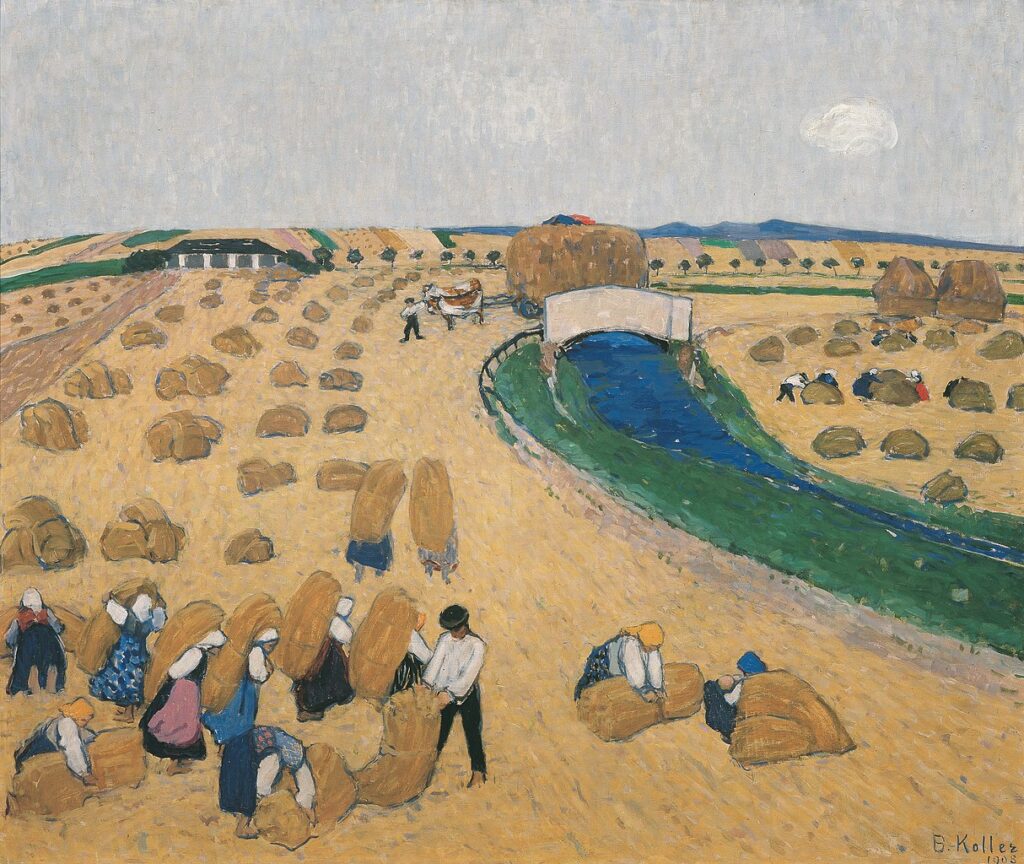
Broncia Koller-Pinell: An Artist and Her Network
Broncia Koller-Pinell was one of the few women artists to have a presence in the international exhibitions of Viennese Modernism. By the age of 27, she was already exhibiting at the Vienna Künstlerhaus. Her greatest successes came later with the Kunstschau group founded by Gustav Klimt. In 2024 the Belvedere is dedicating an exhibition to Broncia Koller-Pinell, featuring her major works. And, it also delves into the painter’s network and her activities to promote art. The exhibition will also explore the role of Broncia Koller-Pinell and her husband Hugo Koller as patrons of the arts.
Broncia Koller-Pinell: An Artist and Her Network; Lower Belvedere, Vienna. March 15, 2024–September 8, 2024.

Women Reframe American Landscape: Susie Barstow and Her Circle / Contemporary Practices
Illuminating the artistic contributions and perspectives of women, this exhibition reinserts the important nineteenth-century American artist Susie Barstow into the history of the Hudson River School, and presents contemporary artists who expand how we think about “land” and “landscape” today. So, the historic portion of the exhibition features the first major retrospective and deep dive into the work and life of Susie Barstow (1836–1923); it also includes such artists in her circle as Julie Hart Beers, Fidelia Bridges, Charlotte Buell Coman, Eliza Greatorex, Mary Josephine Walters, and Laura Woodward.
Featured contemporary artists include Teresita Fernández, Marie Lorenz, Jean Shin, Tanya Marcuse, Mary Mattingly, Ebony G. Patterson, Anna Plesset, Wendy Red Star, Jaune Quick-to-See Smith, the Guerilla Girls, Cecilia Vicuña, Kay WalkingStick, and Saya Woolfalk.
Women Reframe American Landscape: Susie Barstow and Her Circle / Contemporary Practices; Leigh Yawkey Woodson Art Museum. May 4–August 25, 2024. The exhibition was hosted previously by the New Britain Museum of American Art and the Thomas Cole National Historic Site.
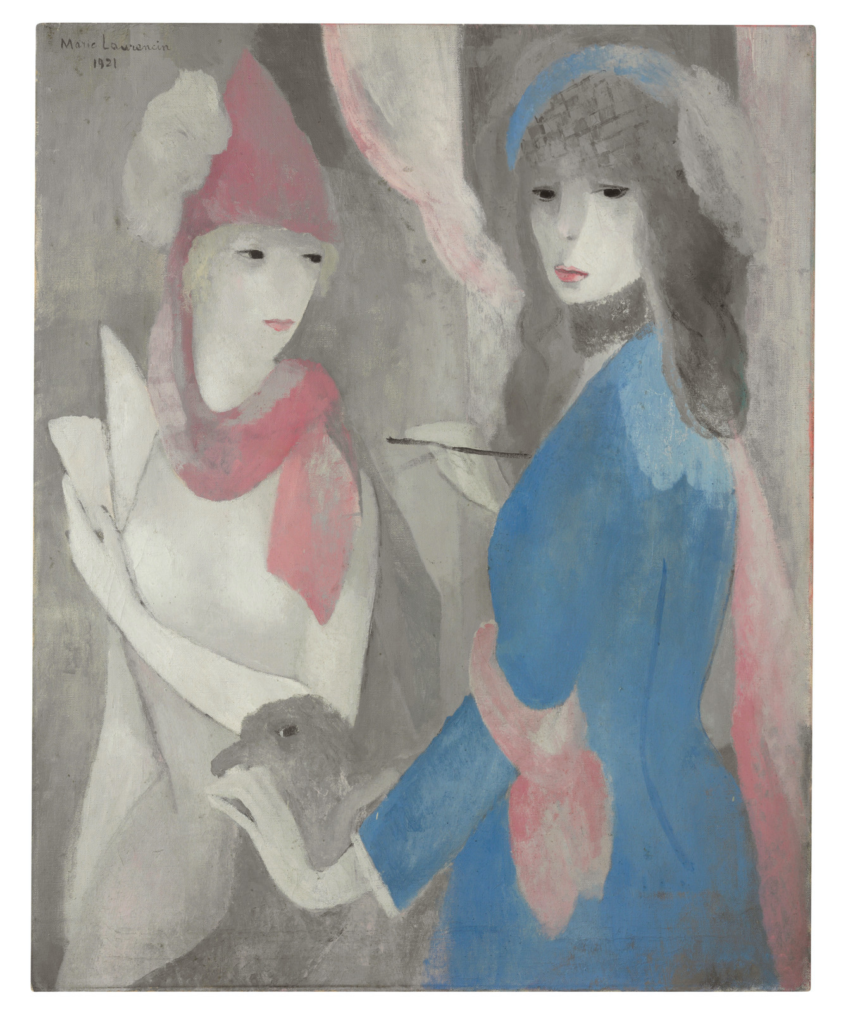
Marie Laurencin: Sapphic Paris
Beginning in the early 20th century, French artist Marie Laurencin (1883–1956) created a unique pictorial world that placed women at the center of modern art. With a highly original painting style that defied categorization, she moved seamlessly between the male-dominated cubist avant-garde, lesbian literary and artistic circles, and the realms of fashion, ballet, and decorative arts. This exhibition explores Laurencin’s career, from her self-portraits to her collaborative decorative projects; from her early cubist paintings to her signature work—feminine and discreetly queer—that defined 1920s Paris. Presenting 38 works by Laurencin, it examines how her visualization of a “sapphic modernity” subtly but radically challenges existing narratives of modern European art.
Marie Laurencin: Sapphic Paris; Columbus Museum of Art. April 5–August 18, 2024. It was previously hosted by the Barnes Foundation (read Alice M. Rudy Price’s Art Herstory review of that show here).

Harriet Backer
Over her 50-year career, Harriet Backer (1845–1932) established herself as an artist on a cosmopolitan art scene, spending fifteen years abroad. Backer was a meticulous observer of the world around her. She portrayed sensitively the many rooms of her time and those who inhabited them. Her subject matter ranges from the middle-class home to the everyday life of bourgeois women, from peasant interiors and rural life to the church as a space for spiritual experience and rituals, as well as the room of her own as a place for artistic creation, music and creative community. The exhibition Harriet Backer contains some 90 works, including loans from public and private collections.
Harriet Backer; Nationalmuseum, Stockholm. February 22–August 18, 2024. The show is co-organized with National Museum in Oslo (where the show appeared in autumn 2023). It will also be on view at Musée d’Orsay in Paris in autumn 2024 and at Kode in Bergen in spring 2025.
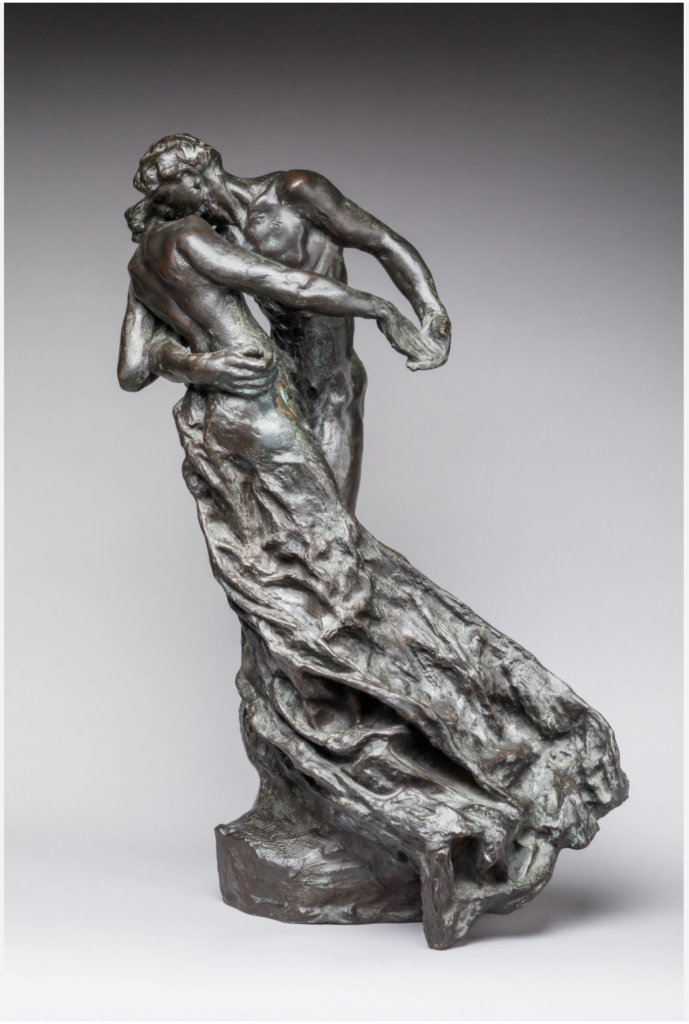
Camille Claudel
Celebrated for her brilliance during a time when women sculptors were rare, Camille Claudel was among the most daring and visionary artists of the late 19th century. Although she is remembered today for her dramatic life story—her passionate relationship with artist Auguste Rodin and 30-year internment in a psychiatric institution—her art remains little known outside of France. Including about 60 sculptures, this major exhibition seeks to reevaluate Claudel’s work and affirm her legacy within a more complex genealogy of Modernism.
Camille Claudel; The Getty Center. April 2–July 21, 2024.
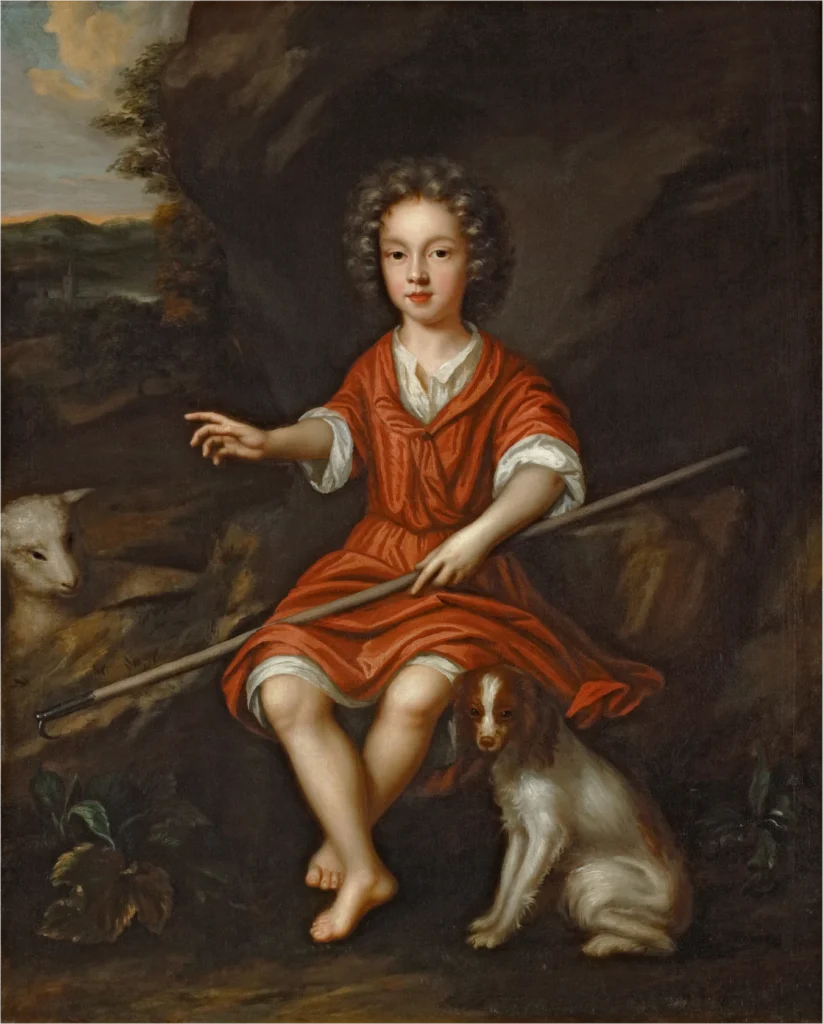
“Fruit of Friendship”: Portraits by Mary Beale
Featuring twenty-five of her works from public and private collections, this exhibition will span Mary Beale’s entire career and include self-portraits, portraits of her family and friends, and formal commissions. The show will also shed light on Beale’s studio practice and highlight its radical reversal of conventional gender roles for the period. Beale’s husband Charles dedicated himself to his wife’s career and supported her studio diligently by priming canvases, manufacturing pigments, and recording business in a series of notebooks. “Fruit of Friendship”: Portraits by Mary Beale will present three works not seen in public before, including an early re-discovered portrait of the artist’s husband and a portrait of Anne Sotheby, which will be displayed in the gallery for two weeks before it goes on display in Tate Britain’s exhibition Now You See Us: Women Artists in Britain, 1520–1920 (see below).
“Fruit of Friendship”: Portraits by Mary Beale; Philip Mould & Co. April 25–July 19, 2024.

Making Her Mark: A History of Women Artists in Europe, 1400–1800
This major exhibition is co-organized with the Baltimore Museum of Art. It focuses on works that reflect the ways in which women played an integral role in the development of art, culture, and commerce across more than 400 years. Thus, it positions acclaimed artists such as Rosalba Carriera, Artemisia Gentileschi, Élisabeth Louise Vigée Le Brun, Judith Leyster, Luisa Roldán, and Rachel Ruysch alongside lesser-known professional and amateur fine artists, as well as talented but often unnamed makers in collectives, workshops, and manufactories.
The show explores the breadth of women’s artistic endeavors and innovations through the presentation of more than 175 objects. The objects range from royal portraits and devotional sculpture to tapestries, printed books, drawings, clothing and lace, metalwork, ceramics, furniture, and other decorative objects. And, it argues for a reassessment of European art history to incorporate the true depth and variety of their contributions.
Making Her Mark: A History of Women Artists in Europe, 1400–1800; Art Gallery of Ontario (AGO). March 30, 2024–July 1, 2024. It was hosted previously by the Baltimore Museum of Art. Read Isabelle Hawkins’ thoughts on the AGO version here.
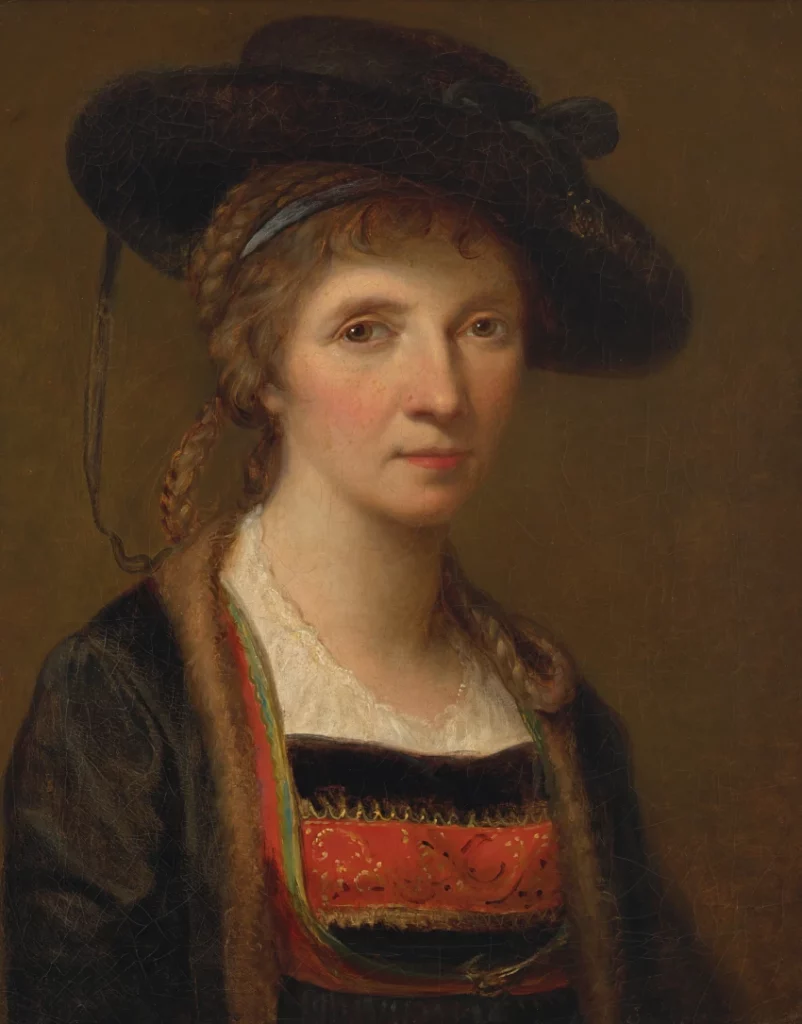
Angelica Kauffman
Known for her celebrity portraits and pioneering history paintings, Angelica Kauffman helped to shape the direction of European art. She painted some of the most influential figures of her day—queens, countesses, actors and socialites. And, she reinvented the genre of history painting by focusing largely on female protagonists from classical history and mythology. The show covers Kauffman’s life and work: her rise to fame in London, her role as a founding member of the Royal Academy and her later career in Rome where her studio became a hub for the city’s cultural life. In this major exhibition, the Royal Academy traces her trajectory from child prodigy to one of Europe’s most sought-after painters and, as one contemporary described her, “the most cultivated woman in Europe.”
Angelica Kauffman; Royal Academy. March 1–June 30, 2024.
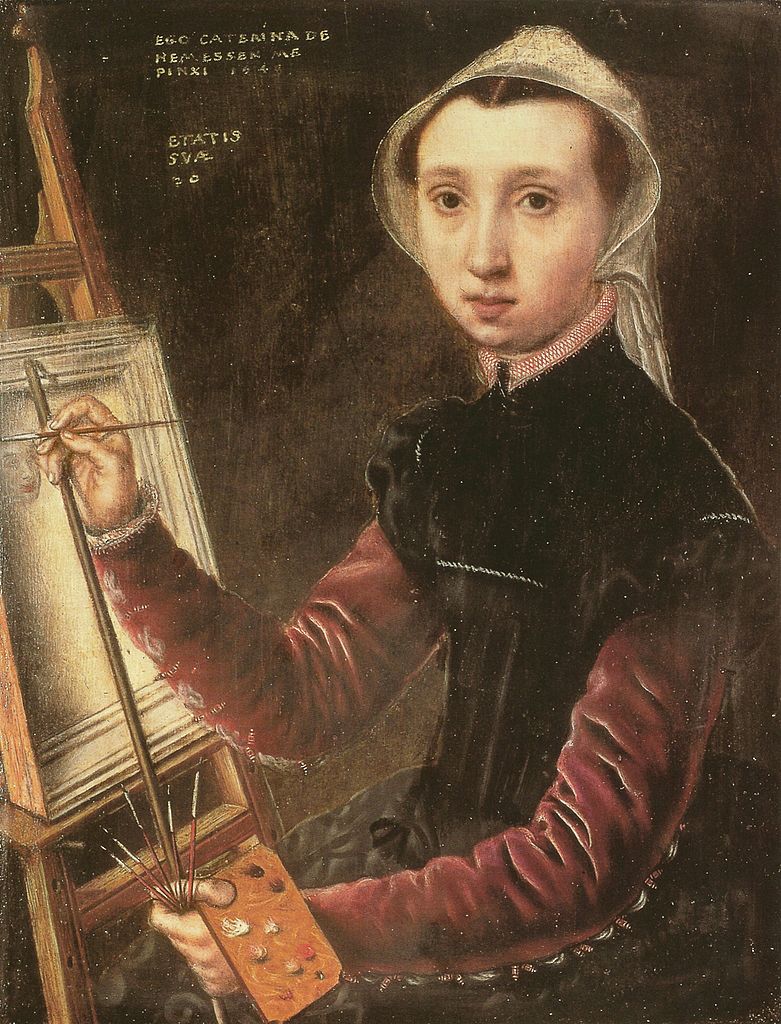
Ingenious Women: Painting from the 16th to the 18th Century
Ingenious Women traces the careers of outstanding women artists over three centuries. The organizers explore and make visible the artists’ family circumstances by juxtaposing their works with those of their fathers, brothers, husbands, and fellow painters. Among others, the exhibition presents around 100 works by Sofonisba Anguissola, Judith Leyster, Marietta Robusti, Artemisia Gentileschi and Angelika Kauffmann. Works on display include portraits, still lifes and history paintings from the Renaissance to Baroque and early Classicism. Bucerius Kunst Forum, where it was on view previously, co-produces the show.
Ingenious Women: Painting from the 16th to the 18th Century; Kunstmuseum Basel. March 2, 2024–June 30, 2024. It was previously hosted by the Bucerius Kunst Forum (read Jenny Körber‘s Art Herstory review of that show here).

Jacqueline Marval: Fauvism Feminism Flamboyance
Marval is one of the distinctive French artists who, in the early 1900s, found her place in the art world. She was acclaimed by critics and participated in countless exhibitions in France and internationally. In 1912, poet and art critic Guillaume Apollinaire described her as “one of the most remarkable artists of our time.” Despite this massive success during her lifetime, she has so far been overshadowed by her contemporaries. Lately, Marval and her works have been finding their way back into the limelight. The exhibition at Millesgården Museum is the first retrospective since 1987; it comprises around 60 works that span her entire artistic production.
Jacqueline Marval: Fauvism Feminism Flamboyance; Millesgården Museum, Sweden. February 10–May 19, 2024. The exhibition is a collaboration with the Comité Jacqueline Marval in Paris, custodian of the single largest collection of Jacqueline Marval’s works.
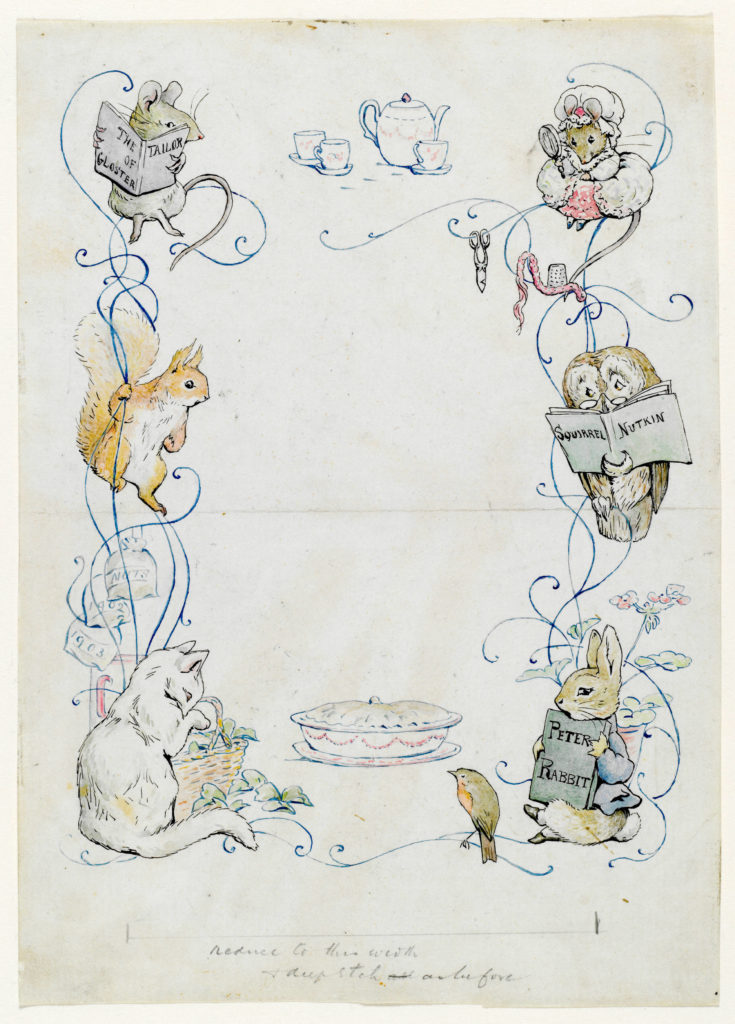
Beatrix Potter: Drawn to Nature
This family friendly exhibition was created in collaboration with the National Trust. It takes visitors on a journey to discover Beatrix Potter‘s life as a scientist and conservationist. The show explores the places and animals that inspired Potter’s most beloved characters. Beatrix Potter: Drawn to Nature celebrates the life and work of one of the best loved children’s authors and women artists of the 20th century. According to Alex O’Connell for The Times, “This glorious exhibition, delayed by Covid, shows Potter’s passion for nature, her artistic talent and how the two fed each other, from her childhood drawings, her 23 children’s books, including The Tale of Peter Rabbit, to her mission to preserve areas of the Lake District.”
Beatrix Potter: Drawn to Nature; The Morgan Library & Museum. February 23–June 9, 2024.
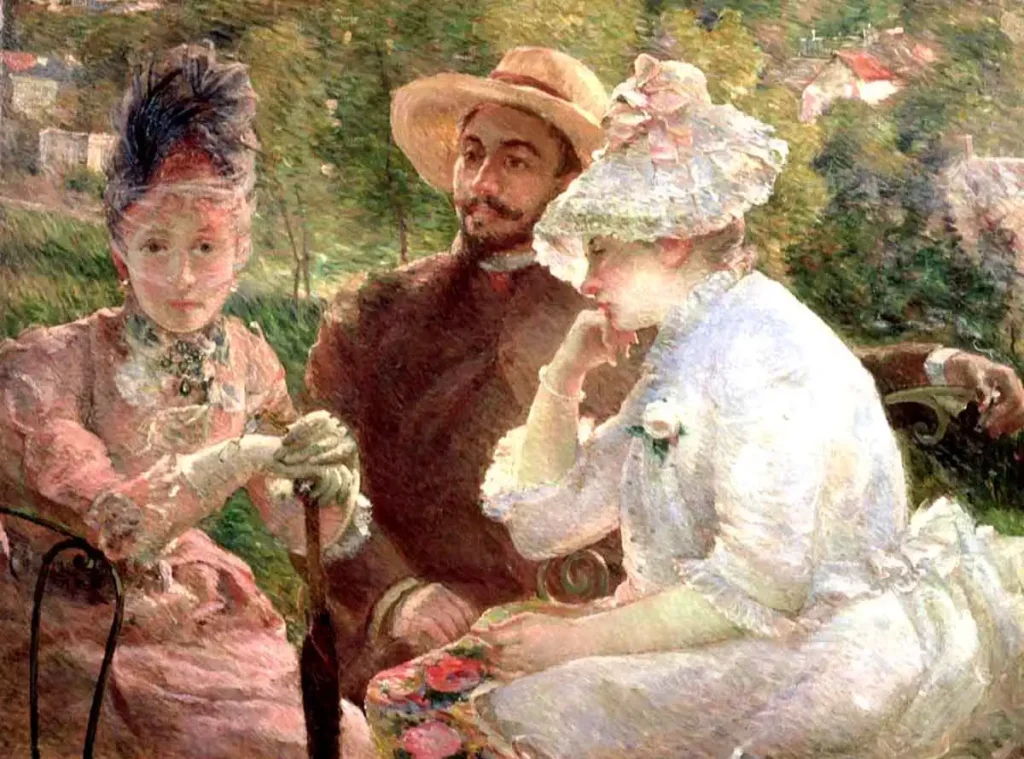
Impressionism and its Overlooked Women
In a magnificent exhibition featuring works from across the world, Ordrupgaard celebrates the 150th anniversary of the first of eight ground-breaking impressionist exhibitions that took place between 1874 and 1886 in Paris. Special focus will be directed at five women artists, all of whom were largely overlooked in the great narrative on Impressionism and the emergence of modern art. Experience major works by Berthe Morisot (France) and Mary Cassatt (USA) as well as main works by lesser known artists such as Eva Gonzalès and Marie Bracquemond (both France) and Marie Bashkirtseff (Russia-Ukraine), of which the latter two have never previously been shown in Denmark.
Impressionism and its Overlooked Women; Ordrupgaard, Copenhagen, Denmark. February 9–May 20, 2024. The National Gallery of Ireland will also present this show, June 27–October 6.
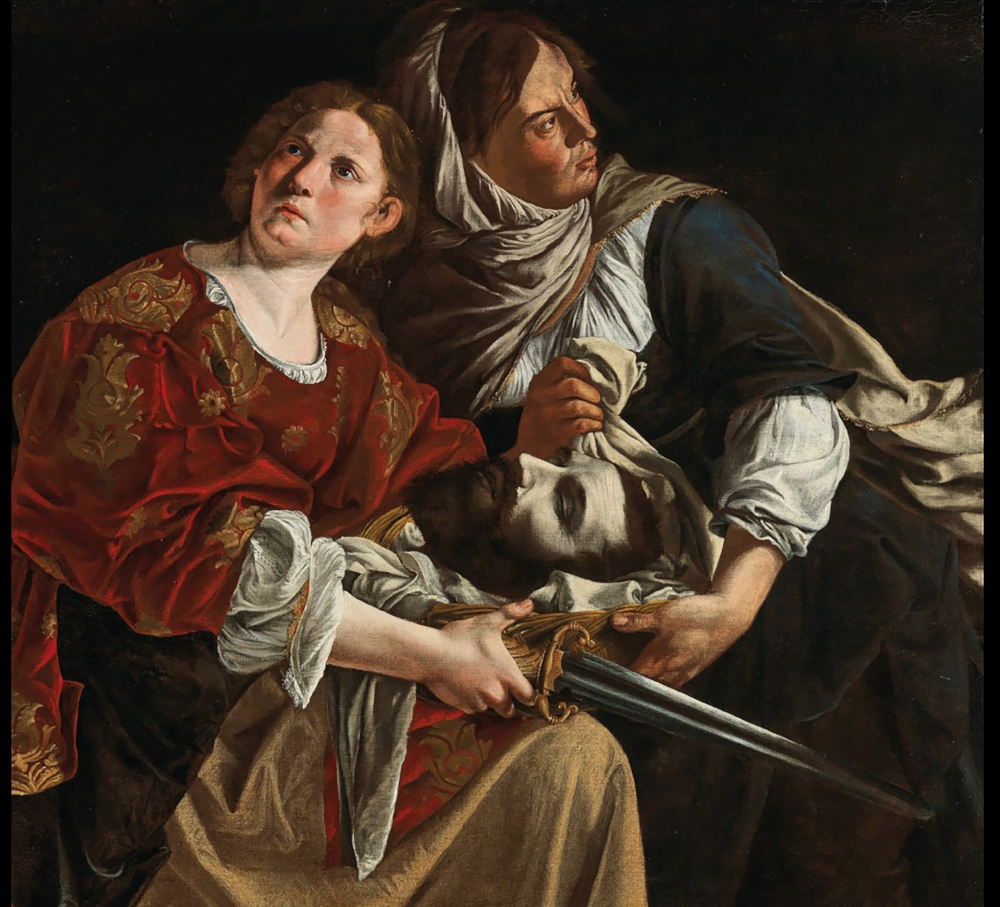
Artemisia Gentileschi: Coraggio e passione
This exhibition will display more than fifty masterpieces from all over Europe, to outline a precise portrait of the complex personality of Artemisia Gentileschi, one of the most famous painters in the history of art. The survey’s intent is to explore the story, works and talent of Artemisia, and to announce surprising new revelations. Between exciting family events, revolutionary artistic solutions, dramatic images and female triumphs, the exhibition also intends to present Artemisia’s relationship with her father Orazio Gentileschi. The two artists will also be placed in dialogue with the style of Caravaggio.
Artemisia Gentileschi: Coraggio e passione; Il Palazzo Ducale di Genova, Genoa, Italy. November 16, 2023–April 1, 2024.

Women Reframe American Landscape: Susie Barstow and Her Circle / Contemporary Practices
Illuminating the artistic contributions and perspectives of women, this exhibition reinserts the important nineteenth-century American artist Susie Barstow into the history of the Hudson River School, and presents contemporary artists who expand how we think about “land” and “landscape” today. So, the historic portion of the exhibition features the first major retrospective and deep dive into the work and life of Susie Barstow (1836–1923); it also includes such artists in her circle as Julie Hart Beers, Fidelia Bridges, Charlotte Buell Coman, Eliza Greatorex, Mary Josephine Walters, and Laura Woodward.
Featured contemporary artists include Teresita Fernández, Marie Lorenz, Jean Shin, Tanya Marcuse, Mary Mattingly, Ebony G. Patterson, Anna Plesset, Wendy Red Star, Jaune Quick-to-See Smith, the Guerilla Girls, Cecilia Vicuña, Kay WalkingStick, and Saya Woolfalk.
Women Reframe American Landscape: Susie Barstow and Her Circle / Contemporary Practices; New Britain Museum of American Art. November 18, 2023–March 30, 2024. This show will also be hosted by the Leigh Yawkey Woodson Art Museum, May 4–August 25, 2024. It was hosted previously by the Thomas Cole National Historic Site.

Carlotta Gargalli (1788–1840): Una pittrice bolognese nella Roma di Canova
Inaugurating a series of monographic exhibitions dedicated to women painters from Emilia, this show is designed to emphasize the modernity of Carlotta Gargalli. Thanks to her talent and determination she was able to assert herself in an artistic context that was almost entirely dominated by men at the time. She first woman to attend the Accademia di Belle Arti in Bologna at the end of the “Age of Enlightenment.” The exhibition reconstructs Gargalli’s pictorial corpus and biographical profile, focusing on the relationship between the sculptor Antonio Canova and the artists who studied at the Accademia del Regno italico at Palazzo Venezia. Canova was instrumental in launching the career of Carlotta Gargalli.
Read about the exhibition on the Art Herstory blog.
Carlotta Gargalli (1788–1840): Una pittrice bolognese nella Roma di Canova; Museo Ottocento Bologna. October 31, 2023–February 25, 2024. Read Alessandra Masu’s thoughts on the show here.

Camille Claudel
Claudel’s biography—her passionate and complicated relationship with her teacher, Auguste Rodin, and her forced confinement in a psychiatric institution for the final 30 years of her life—is popularly known today, but her forward-thinking artworks have received less attention in the United States. This exhibition is the first comprehensive display of Claudel’s work in the United States in over 20 years and marks the 130th anniversary of the first public presentation of her sculpture in this country—at the 1893 World’s Columbian Exposition in Chicago.
Camille Claudel; The Art Institute of Chicago. October 7, 2023–February 19, 2024.
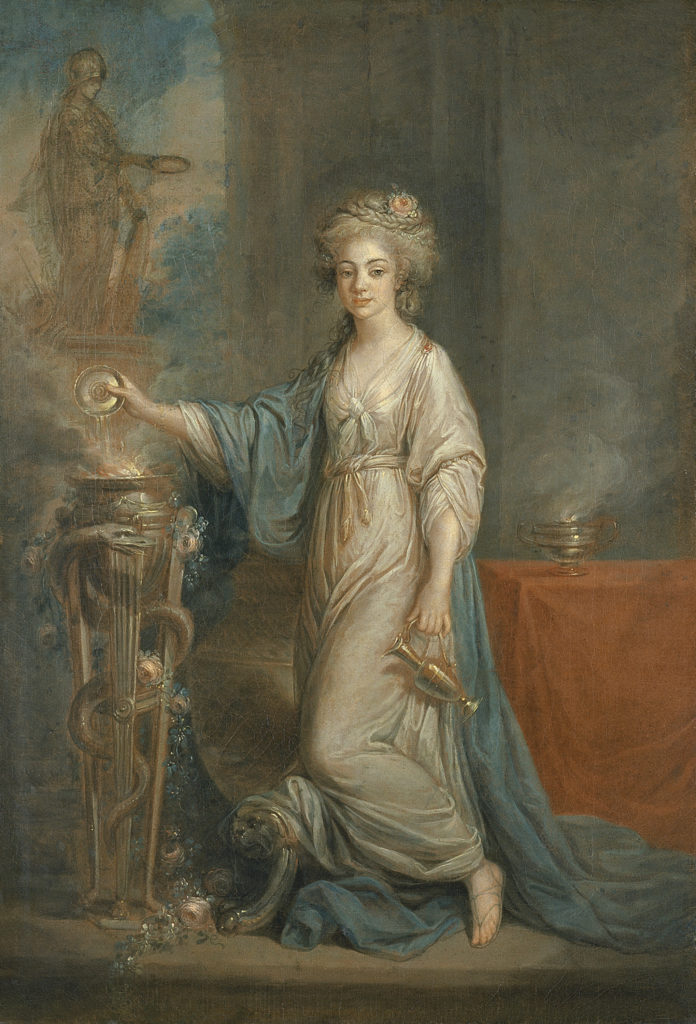
Women Masters, Old and Modern
Artemisia Gentileschi, Angelica Kauffmann, Clara Peeters, Rosa Bonheur, Mary Cassatt, Berthe Morisot, María Blanchard, Natalia Goncharova, Sonia Delaunay and Maruja Mallo were celebrated artists in their lifetimes. They are now enjoying renewed recognition in response to their erasure from the art-historical account alongside others who broke molds with creations of undoubted excellence. Featuring nearly 100 works—including paintings, sculptures, works on paper and textiles—the exhibition Women Masters, Old and Modern is curated from a feminist viewpoint by Rocío de la Villa. It presents a survey from the late sixteenth century to the early decades of the twentieth century through eight contexts important within women’s path towards emancipation.
Read about the show on the Art Herstory blog.
Women Masters, Old and Modern; Museo Nacional Thyssen-Bornemisza, Madrid, Spain. October 31, 2023–February 4, 2024. A smaller version of the show will travel next year to the Arp Museum in Remagen, Germany. Read Jitske Jasperse’s thoughts on the Madrid version of the exhibition here.

Ingenious Women: Painting from the 16th to the 18th Century
Ingenious Women traces the careers of outstanding women artists over three centuries. For the first time, the artists’ family circumstances will be explored and made visible by juxtaposing their works with those of their fathers, brothers, husbands, and fellow painters. Among others, the exhibition presents around 100 works by Sofonisba Anguissola, Judith Leyster, Marietta Robusti, Artemisia Gentileschi and Angelika Kauffmann. Works on display include portraits, still lifes and history paintings from the Renaissance to Baroque and early Classicism. And, the show will have a second venue: it moves later in 2024 to Kunstmuseum Basel.
Read about the show on the Art Herstory blog.
Ingenious Women: Painting from the 16th to the 18th Century; Bucerius Kunst Forum, Hamburg, Germany. October 14, 2023–January 28, 2024.

Making Her Mark: A History of Women Artists in Europe, 1400–1800
Co-organized with the Art Gallery of Ontario (AGO), this major exhibition focuses on works that reflect the ways in which women played an integral role in the development of art, culture, and commerce across more than 400 years. Thus, it positions acclaimed artists such as Rosalba Carriera, Artemisia Gentileschi, Élisabeth Louise Vigée Le Brun, Judith Leyster, Luisa Roldán, and Rachel Ruysch alongside lesser-known professional and amateur fine artists, as well as talented but often unnamed makers in collectives, workshops, and manufactories.
The show explores the breadth of women’s artistic endeavors and innovations through the presentation of more than 175 objects—ranging from royal portraits and devotional sculpture to tapestries, printed books, drawings, clothing and lace, metalwork, ceramics, furniture, and other decorative objects. And, it argues for a reassessment of European art history to incorporate the true depth and variety of their contributions. This show will be hosted by the Art Gallery of Ontario (AGO), Toronto, from March 30, 2024.
Read about the show on the Art Herstory blog; see also this post.
Making Her Mark: A History of Women Artists in Europe, 1400–1800; Baltimore Museum of Art. October 1, 2023–January 7, 2024.




